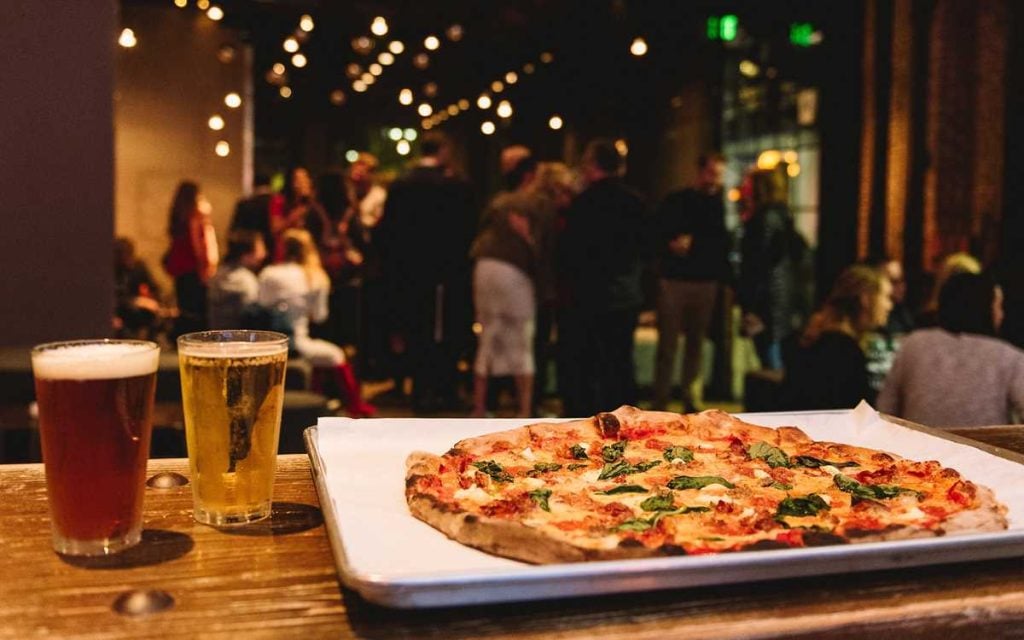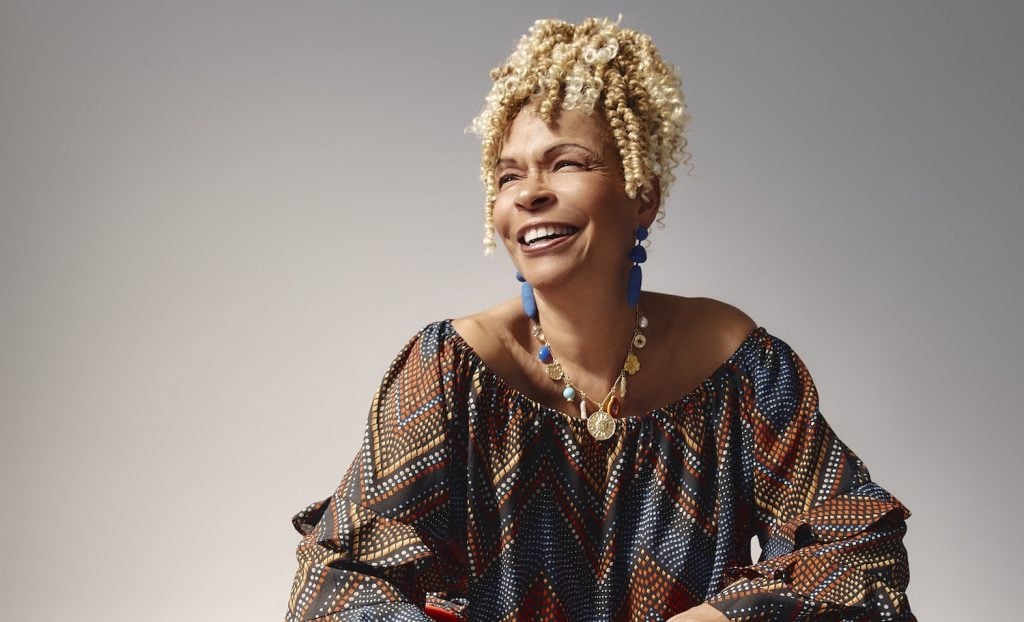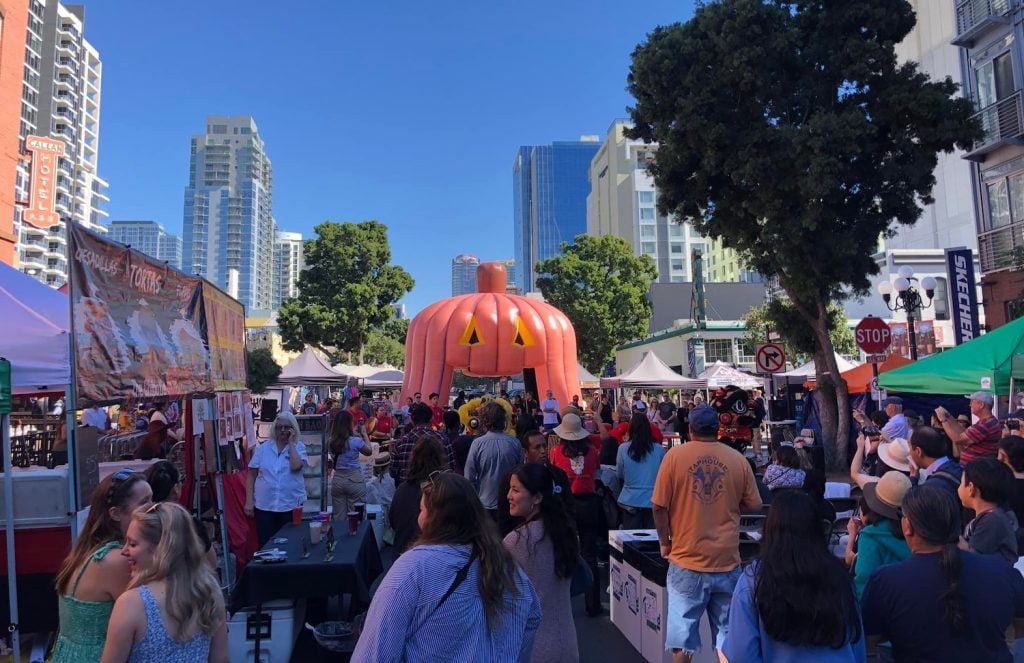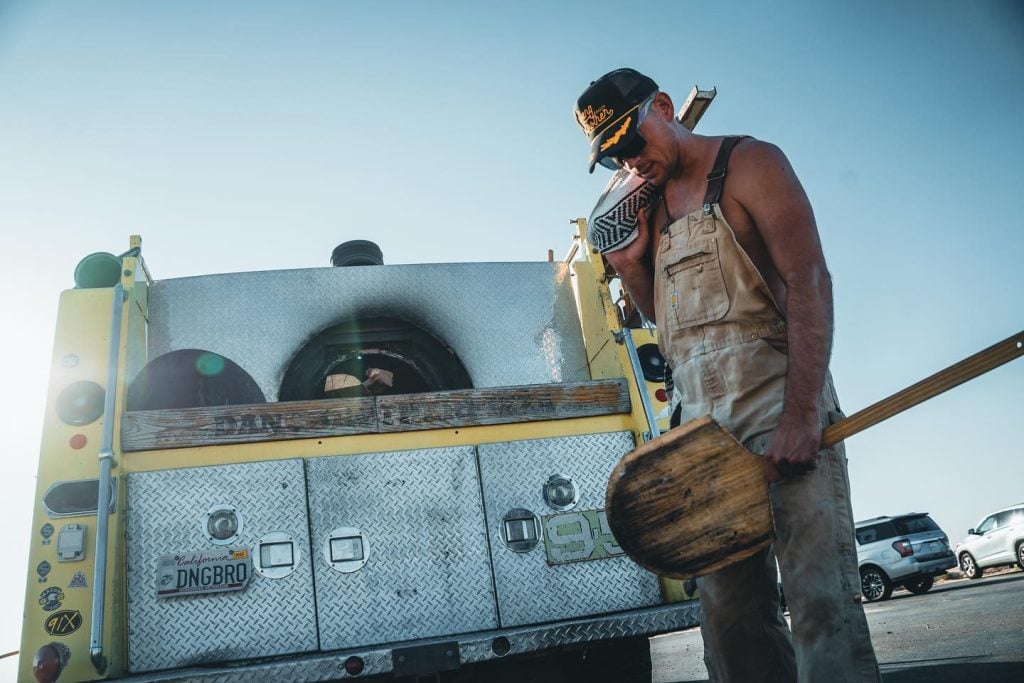We thought we were burned out before the pandemic. Little did we know that what was about to happen would give us a whole new definition of the phrase.
Before spring 2020, when people said they were burned out, they usually meant “overworked.” Herbert J. Freudenberger coined the term for this meaning in 1974, and in his 1980 book Burnout: The High Cost of High Achievement asked, “Why, as a nation, do we seem, both collectively and individually, to be in the throes of a fast-spreading phenomenon—burn-out?”
In a booming economy, suffering burnout is seen as a mark of success: You’re just working too hard in pursuit of the American dream. Some time off for R&R, meditation, and a scented candle, some focusing on work-life balance, and you’ll be back up to speed in no time.
The World Health Organization recognized burnout syndrome in 2019, in the 11th revision of the International Classification of Diseases, but only as an occupational phenomenon, not as a medical condition. When COVID-19 hit and turned our work and home lives upside down, all that seemed to change.
A frequently expressed sentiment online during the first pandemic shutdown was that white-collar employees didn’t start working from home, but living at work. Remote work and remote school left us no respite. Even “third spaces” like gyms and coffee shops were off limits. Mental health suffered across demographics, and “burnout” became almost too mild a term for what many were experiencing.
“The symptoms of burnout have become medical,” wrote Dr. Lucy McBride in The Atlantic in June 2021. “The work of living through a pandemic has been making us sick. As a primary-care doctor, I’m witnessing the physical-health toll of collective trauma—high blood pressure, headaches, herniated discs. And this has been before many people have returned to the office or resumed their pre-pandemic schedules.”
Dr. Dara Schwartz, a clinical psychologist with Sharp Mesa Vista Hospital, says their facility is seeing “an unprecedented volume of community calls” for their outpatient program: “Patients are reporting extremely high rates of anxiety, stress, overwhelm, and frustration. Everyday things are derailing them; their tolerance is much lower for setbacks and annoyances. They are snapping at colleagues and family members.” Schwartz also says that many physical symptoms are associated with this feeling of overwhelm, including gastrointestinal distress, joint pain and headaches, and tightness in the chest.
“As a result of higher stress levels, we see corresponding higher levels of sugar and cholesterol in the system,” she adds. “It affects sleep and eating habits negatively. Most of all, patients report feelings of loneliness, hopelessness, and helplessness.” In people under age 45, high burnout is even linked to higher mortality rates as a result of these physical effects.
Why are we suffering more from burnout now? Partly, it’s because everything feels like work. In a New Yorker article from May 2021, Jill Lepore writes,“You can suffer from marriage burnout and parent burnout and pandemic burnout partly because, although burnout is supposed to be mainly about working too much, people now talk about all sorts of things that aren’t work as if they were: you have to work on your marriage, work in your garden, work out, work harder on raising your kids, work on your relationship with God. […] Even getting a massage is ‘bodywork.’”
The numbers are startling. The results of a Kaiser Family Foundation survey published in February 2021 show that the average share of adults reporting symptoms of anxiety or depression from January to June 2019 was 11 percent, while in January 2021 it was 41 percent. The populations most affected were young adults, people of color, essential workers, and members of households with lower income.
“History has shown that the mental health impact of disasters outlasts the physical impact, suggesting today’s elevated mental health need will continue well beyond the coronavirus outbreak itself,” the study concluded. “For example, an analysis of the psychological toll on health care providers during outbreaks found that psychological distress can last up to three years after an outbreak. Due to the financial crisis accompanying the pandemic, there are also significant implications for mortality due to ‘deaths of despair.’ A May 2020 analysis projects that, based on the economic downturn and social isolation, additional deaths due to suicide and alcohol or drug misuse may continue to occur by 2029.”
Dr. Karrar Ali, emergency physician at Sharp Chula Vista Medical Center, says he’s been brought up short by physical symptoms in the emergency department that almost certainly are a result of extreme burnout: “Every single person on earth has been touched by this pandemic. What we are all dealing with is fear and the unknown. In the first few months it was just raw fear and so many unanswered questions. Then for a time in March and April 2021 there was some hope as the vaccines came out and things started opening up. But with the emergence of different strains there’s now fear of another lockdown, mask requirements returning, and the discussion about vaccinations has become even more confusing as there’s incongruency between different states and even different counties.”
Ali has observed people reporting to the ED with unexplained chest pain and numbness.“A woman came in a couple of months ago whose symptoms looked like she was having a heart attack or aneurysm. She was young and healthy; I could detect no physical reason. I ordered a full workup for her, but fortunately I had some time to just talk with her, and asked her what was going on in her life. It all came out like a tsunami: Her husband had lost his job, so they’d lost their health insurance, then her husband got COVID, and they have young kids—she talked for 20 minutes. She said she was a seemingly normal person two years ago, but then everything changed completely.” It made him wonder how many more of his patients were in the same boat but hadn’t told him.
Laurie Chapman, a licensed marriage and family therapist in San Diego who is a certified trauma specialist, says she sees patients with extreme
burnout exhibiting similar symptoms to those who’ve suffered early childhood trauma.“The feeling of helplessness and lack of control is what spurs an extreme stress response in both types of patients,” Chapman says. “When you’re under extreme stress, for whatever reason, you’re living in a constant state of hyperarousal. With so much out of your control and no possibility of resolution, it just reinforces the patient’s feelings of being depleted and burned out.”
Chapman cites studies showing that physical manifestations of extreme anxiety, like panic attacks, are a form of evolutionary fight-or-flight response left over from when early humans were at risk from predators. Though we rarely have to worry about actual mortal threats on our heels now, our bodies still get all revved up with nowhere to go. That’s why in the short term, if you’re having an anxiety attack, a short burst of intense exercise can help dissipate the adrenaline. Plunging your face into ice-cold water for up to 30 seconds can also calm you down.
“The pandemic shutdown magnified all these stresses,” Chapman says. “When you’re already stressed at work and then you come home and everything at home is also stressful, there’s no escape. What were cracks before COVID now become chasms, and whatever you were able to ignore before is now unavoidable.”
The unanswered questions continue to create unbearable levels of stress that lead to burnout. When will it be over? Maybe never. What will it take to get to a “new normal”? “It may be that we need to recalibrate,” Chapman says. “We may never feel like the crisis is over. Change is constant, and we can either suffer it, which leads to burnout, or find ways to accept a new reality.”
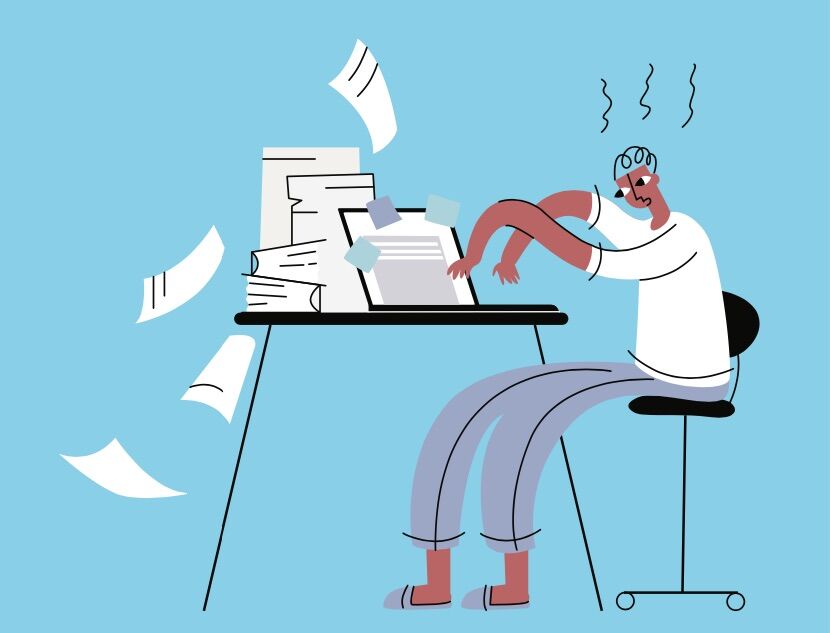
Burnout
